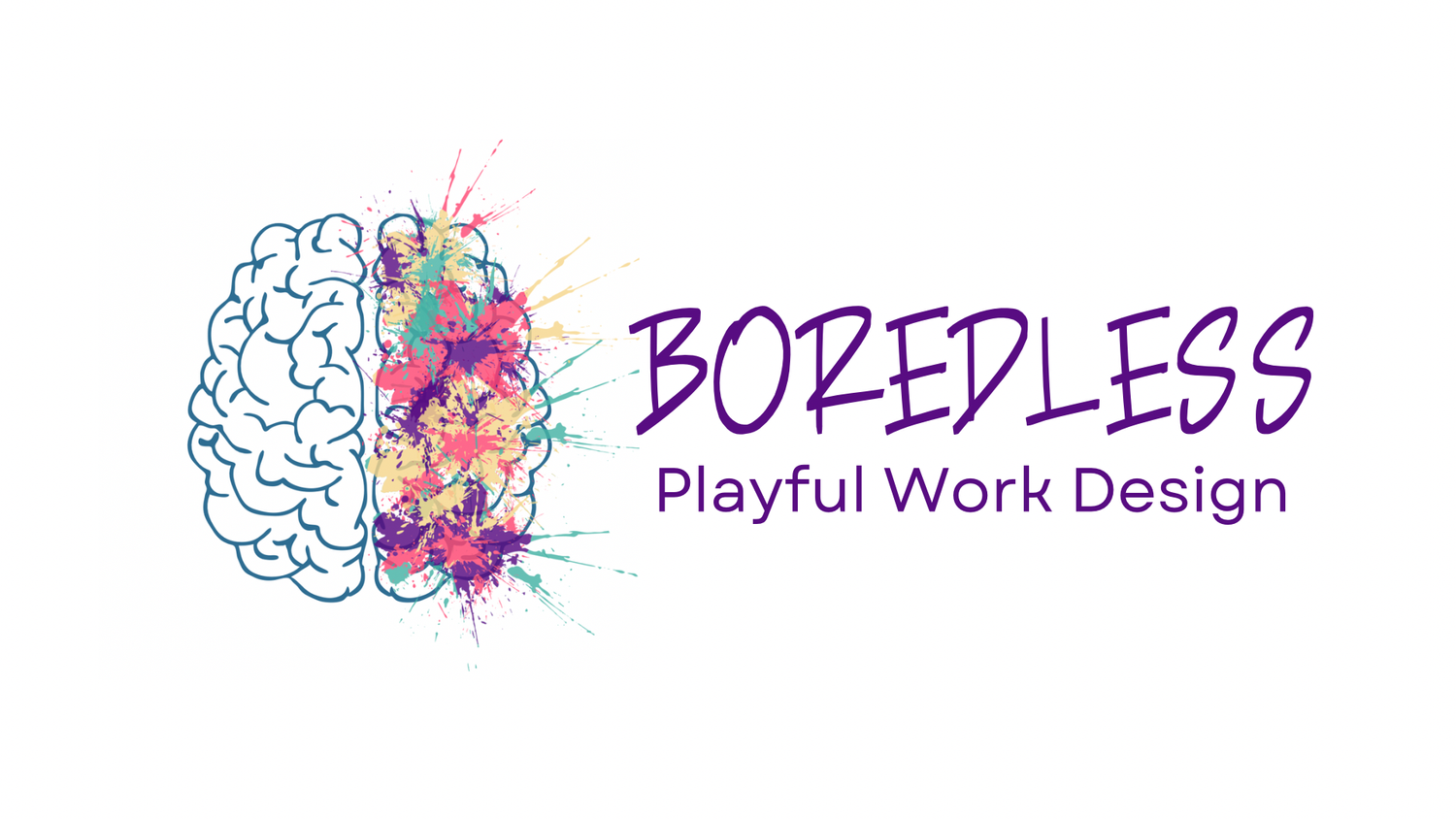The Engagement-Profitability Link: How Engaged Employees Drive Business Success
These days, employee engagement is more important than ever before. Engaged employees are more productive, more creative, and more likely to stay with their companies. In fact, Gallup estimates that companies with highly engaged workforces outperform those with low engagement by 21% in profitability.
Despite the clear benefits of employee engagement, many organizations struggle to achieve high levels of engagement among their employees. A recent Gallup study found that only 34% of U.S. employees are engaged in their work. This means that the vast majority of employees are either not engaged or actively disengaged.
Disengaged employees are a significant drain on company resources. They are less productive, more likely to make mistakes, and more likely to leave their jobs. In fact, Gallup estimates that disengaged employees cost the U.S. economy an estimated $450-$550 billion per year in lost productivity.
There are a number of factors that can contribute to employee disengagement. Some of the most common causes of disengagement include:
- Lack of clear goals and objectives
- Lack of recognition and appreciation
- Lack of opportunities for growth and development
- Poor communication from management
- Feeling undervalued or unimportant
Organizations that want to improve employee engagement need to address the root causes of disengagement. This may involve making changes to company culture, management practices, or employee development programs.
Organizations can also improve employee engagement by:
- Providing clear goals and objectives
- Offering regular recognition and appreciation
- Creating opportunities for growth and development
- Fostering open and honest communication
- Creating a positive and supportive work environment
By taking steps to improve employee engagement, organizations can create a more productive, more creative, and more successful workforce. Employee engagement is a critical component of organizational health. Organizations that want to improve their bottom line need to make employee engagement a top priority.
Enhancing Engagement Through Playful Work Design
Playful work design is a potent tool for fostering employee engagement. By incorporating elements of fun, challenge, and autonomy into the workplace, organizations can create an environment where employees feel more motivated, energized, and connected to their work.
When employees are able to engage in playful activities, they are more likely to experience a sense of flow, which is a state of heightened focus and absorption that can lead to increased productivity and creativity. Additionally, playful work design can help to build trust and rapport among colleagues, which can further enhance employee engagement. As a result, organizations that prioritize playful work design are likely to reap the benefits of a more engaged and productive workforce.
Compelling Statistics on Employee Engagement
Increased Productivity: Engaged employees are up to 17% more productive than their disengaged counterparts.
Employee Retention: Engaged teams experience 43% less turnover.
Enhanced Creativity: Playful environments encourage exploration and risk-taking, sparking new ideas.
Profitability: Engaged teams are more productive and innovative, leading to a 21% increase in profitability.
Team Cohesion: Strengthen bonds, improve communication, and enhance collaboration within your team.
The powerful duo of strengths and engagement can significantly enhance organizational performance. By leveraging these insights and integrating playful work design, organizations can create an environment that fosters engagement, boosts morale, and drives success.
Sources
The Powerful Duo of Strengths and Engagement May 9, 2023 by Brian J. Brim, ED.D., & Jim Asplund
State of the Global Workplace Report 2023, Gallup
9 Employee Engagement Statistics You Should Know For 2023, Wellable







